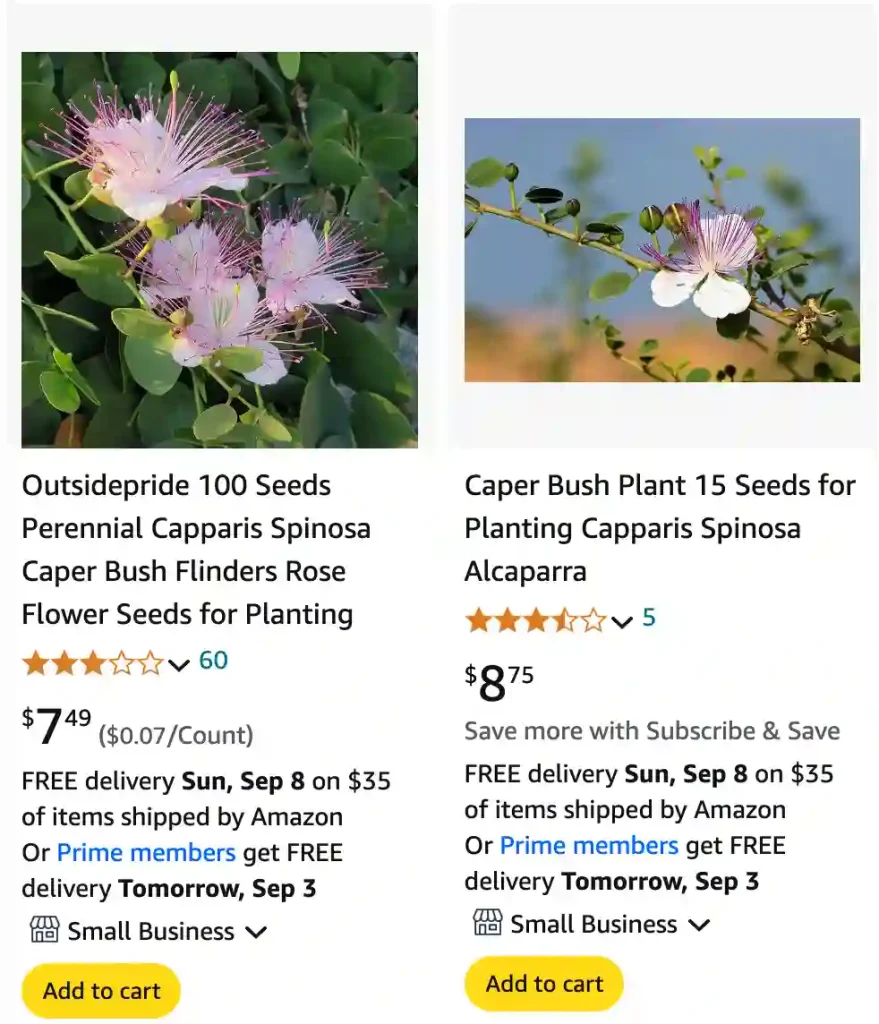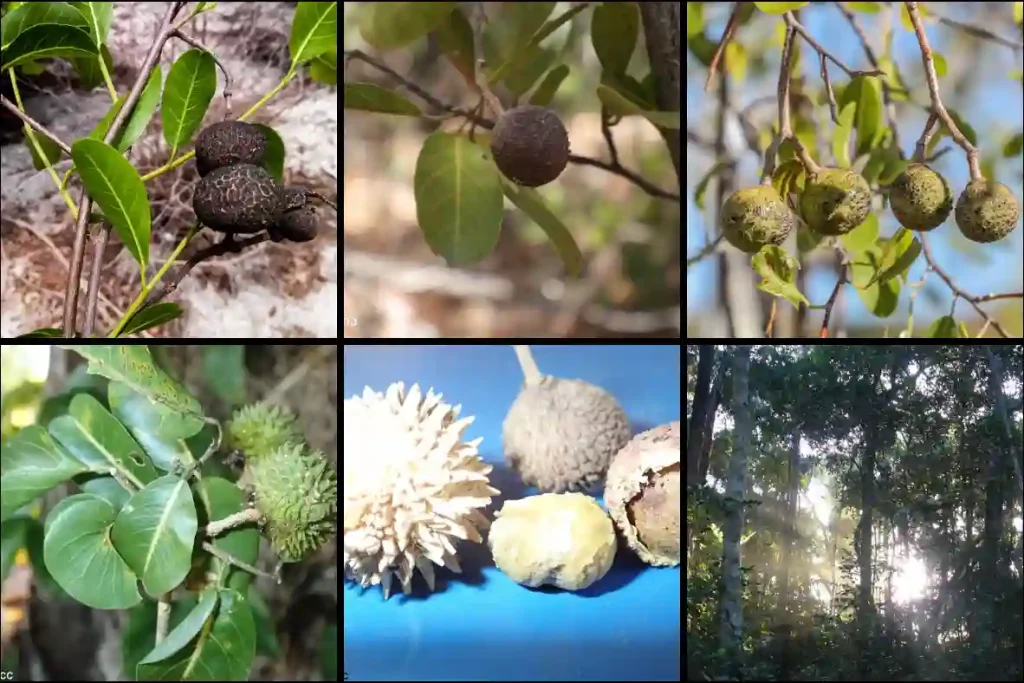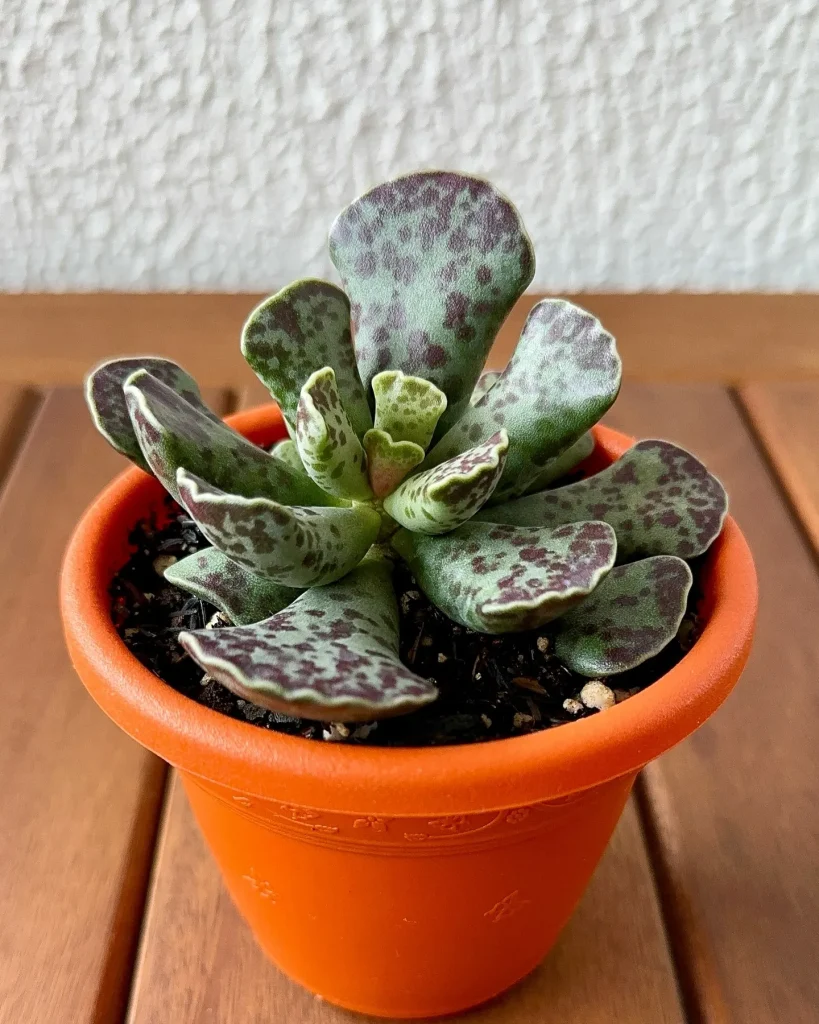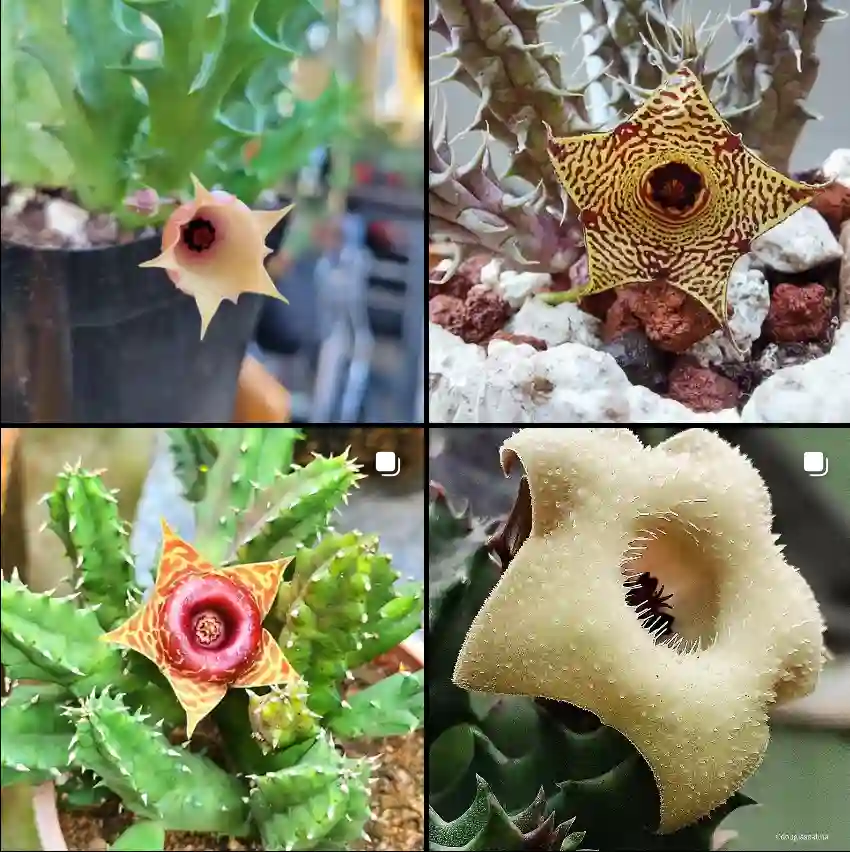
What is Capparis Spinosa?
Capparis Spinosa, commonly known as the Caper Plant, is a fascinating and versatile plant that I’ve had the pleasure of growing in my garden. This hardy perennial, native to the Mediterranean region, is famous for its flavorful buds, which are used as capers in culinary dishes. The plant is known for its distinctive, glossy green leaves and large, white to pinkish flowers that have a unique, slightly tangy aroma. The capers are actually the immature flower buds, which are harvested and pickled to add a punch of flavor to various recipes.
146 Species in Genus Capparis
Where Can You Grow Capparis Spinosa?
Capparis Spinosa thrives in warm, sunny climates. It’s ideally suited for USDA zones 8 to 11, making it perfect for Mediterranean-style gardens or any area with hot, dry summers. If you’re in a region with cooler winters, you might want to grow it in a container that can be moved indoors or into a greenhouse during the colder months. The plant prefers well-draining soil and is quite drought-tolerant once established, making it a great choice for xeriscaping or low-water gardens.
How to Care for Capparis Spinosa?
Caring for Capparis Spinosa is relatively straightforward, but there are a few key things to keep in mind. First, ensure it receives full sun for at least six hours a day. The plant doesn’t like wet feet, so good drainage is essential—avoid heavy, clayey soils. Watering should be moderate; allow the soil to dry out between waterings to prevent root rot. Fertilizing is minimal; a light application of a balanced fertilizer in early spring is usually sufficient. Pruning is also minimal; just remove any dead or damaged growth to maintain its shape and health.
How to Propagate Capparis Spinosa?
Propagating Capparis Spinosa can be done through seeds or cuttings. If you’re starting from seeds, sow them in a well-draining potting mix and keep them warm—around 70°F (21°C)—until they germinate. This process can be slow, sometimes taking several weeks. For cuttings, take semi-hardwood cuttings in late summer, dip them in rooting hormone, and plant them in a sandy, well-draining mix. Keep them in a warm, humid environment until roots develop.
Can You Grow Capparis Spinosa Indoors?
Growing Capparis Spinosa indoors is possible but requires specific conditions. It needs plenty of sunlight, so a south-facing window or grow lights are essential. Ensure the container has good drainage and that you use a potting mix designed for cacti or succulents. Indoor environments can be tricky due to lower humidity, so regular misting or a humidity tray can help mimic its natural conditions. Be prepared to manage indoor pests and watch for signs of overwatering.
What to Plant with Capparis Spinosa?
When planting Capparis Spinosa, consider companion plants that thrive in similar conditions. Mediterranean herbs like rosemary, thyme, and lavender work well, as they share the same sunny and dry preferences. You can also pair it with other drought-tolerant plants such as succulents or ornamental grasses for a low-maintenance, harmonious garden. Avoid planting it with species that require frequent watering or shady conditions, as this can lead to poor growth and health.
Is Capparis Spinosa Toxic?
Capparis Spinosa is generally considered non-toxic. Its capers are widely used in cooking and are safe to eat. However, the plant can cause mild irritation if ingested in large quantities or if you have a sensitivity to it. Always exercise caution and consult a healthcare professional if you have concerns about allergies or reactions.
Benefits of Capparis Spinosa
Beyond its culinary uses, Capparis Spinosa offers several benefits. Its vibrant flowers are attractive to pollinators like bees and butterflies, making it a great addition to a wildlife-friendly garden. The plant’s drought tolerance makes it an excellent choice for sustainable gardening practices. Additionally, Capparis Spinosa has been used in traditional medicine for its potential anti-inflammatory and antioxidant properties.
Common Problems with Capparis Spinosa
One common issue with Capparis Spinosa is dealing with pests, such as aphids or spider mites. Regular inspection and appropriate pest control measures can help keep these pests in check. Another problem might be fungal diseases, often resulting from overwatering or poor drainage. Ensuring proper soil conditions and watering practices can help prevent these issues.
Compare with Other Plants
Capparis Spinosa is sometimes confused with other similar Mediterranean plants like the Caper Bush (Capparis ovata) or the Caperberry (Capparis spinosa var. canescens). While they share some similarities, the primary distinction is in their growing habits and regional preferences. For instance, Capparis ovata is more commonly found in drier, arid regions, whereas Capparis Spinosa has a broader range of adaptation.
In summary, Capparis Spinosa is a versatile and hardy plant that offers both aesthetic and practical benefits. Whether you’re growing it for its culinary value or its ornamental appeal, with proper care and the right conditions, it can thrive and enhance your garden.
If i die, water my plants!



